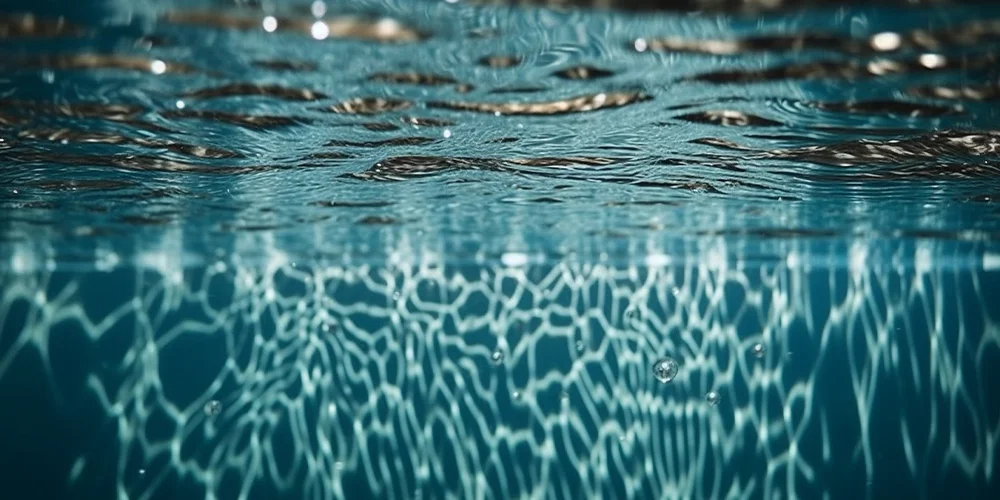استاندارد فیزیوتراپی در آب که بوسیله انجمن فیزیوتراپی در آب انگلستان در سال ۲۰۱۹ ارائه شده است
Disclaimer :
The information and opinions provided in this document are made by experts working within hydrotherapy pools. The information contained within the document is believed to be accurate at the time of date of issue, but no representation or warranty is given (express or implied) as to its accuracy, completeness or correctness. The ATACP accepts no liability whatsoever for any direct, indirect or consequential loss or damage arising from any use of or reliance placed on the information provided. The contents of this document are the copyright of the ATACP.






